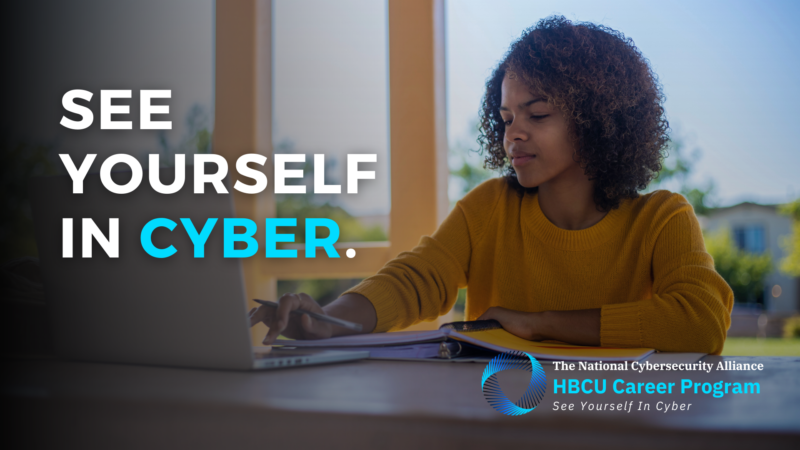Diversity in Hiring

I recently had a position open on my team, and decided that we were going to make recruiting a diverse talent pool a priority. As many have discussed over the years, IT tends to be a very homogenous area (high percentage of white men). This homogeneity leads to groupthink, customers not feeling like they are welcome or understood and a wide variety of other issues. Bringing in diverse experiences, thoughts and beliefs is clearly the best way to improve teams and the service they provide. I am very proud to say that we were extremely successful in this endeavor, but it did take effort. I am writing this blog to share my experiences, in hopes that others may learn from it, or even better, may reply and let me and others know how we can do even better.
The first step in recruiting a diverse pool was to be sure we were advertising a job that would be of interest to a wide variety of people. This is more difficult than you think, especially if the description and advertisement is being written by people who share a similar set of experiences. For example, a job description and advertisement written by a group of 20-somethings who are deeply technical and like to play video games in their free time, is going to attract other people with those similar experiences. There is nothing wrong with those experiences, but if you want diversity, you need to attract different people. We did this by sitting down and rethinking the advertisement and position description. What really mattered in this role? We decided that what we were looking for was a person capable of excellent customer service, a friendly person who could de-escalate problems, some with strong communication skills and a person with a history of strong teamwork. Some technical skills were necessary, obviously, but we did not want to focus on technical skills, or on certifications. We believed those requirements would again, lead us to similar people as we already had. Step one was successful. We had a wide variety of applicants that came from diverse experiences. Over 50% of the applicants were women or BIPOC. The other 50% also had experiences that were very different from the traditional applications we would receive.
The interviews posed another opportunity for us to continue our commitment to diversity. We naturally assume that everyone has the internet and a computer with which to do Zoom. So, naturally, we set up Zoom interviews as our method for initial screening. We quickly learned we were wrong. Several of the candidates who took part in the screening had circumstances that did not allow them to be in a quiet room with a computer and a great connection. We quickly realized where we had made incorrect assumptions. In fact, not everyone has, can afford, or can readily access an internet-connected computer capable of Zoom. A couple of candidates joined from their phones, and had various connectivity issues (audio issues, video turned off, etc). A couple of others were in their vehicle when they joined. A typical response, and one we had to actively fight against, was that these people had not prepared enough for the interview. Yet, that is not fair, and certainly not inclusive. In addition to the financial barriers of having a computer and an internet connection, there is the fact that people may have jobs that are not supportive of time off, or may be in living situations where conducting an interview from home is not possible, hence the need to sit in the car while conducting the interview.
When conducting the interview, you also realize that people from different cultures, countries or perhaps who speak English as a second (or third or fourth) language may hear questions and language very differently. An example is that for some cultures work and personal don’t mix. So, asking someone what they personally enjoy about technology, is a question they may struggle with. They may not understand how such a question is appropriate in a professional interview, and therefore are skeptical of answering the question directly. We should also be very careful not to use lingo that may not be understood by all. Doing so limits you to people who are experienced in that specific type of lingo.
Finally, think about the representation on the committee. If you are fortunate enough to have a diverse pool, but the candidates are being asked questions by people who all look the same, and have the same experiences, they will likely feel an extra struggle to connect. If you are a woman interviewing with five men, you may wonder about the business’ ability actually to make the work environment equitable. When you are in the final stages of decision making also be mindful of the “does this person fit in” question. In fact, you may want the answer to be no. Fitting in usually describes people with similar experiences, interests and education. Rather you should be focusing on whether or not the candidates fit the requirements of the position, not whether they will “fit in” well with a team.
Whenever I write, or contemplate issues about diversity, equity and inclusion, I have to remind myself and the readers that I am not an expert and that every situation is different. This particular experience really drove home to me the constant conscientious effort that it takes to be inclusive. You can not do it in only one step of the process. It is a continuous effort, but one that will be richly rewarding when done well.




